The history of Portugal is, first of all, marked by the struggle for its independence from the Kingdom of Castile, which will see its apogee in 1143 with the coronation of the 1st King of Portugal: Alfonso I.
The reconquest of the country began as from that date: the aim was to win back all the territory conquered by the Moors. This reconquest was completed in 1249 in Faro, at the southern end of Portugal.
In the 14th century, the conquest of the world began. The Portuguese will then establish the sea route to India, discover half of the world and take possession of Brazil.
It is through these 3 periods that we find the most historical Portuguese monuments that I suggest you discover.

The Castle of Guimarães symbolizes the birth of the Portuguese Nation freeing itself from the Kingdom of Castile in 1143.
The Monastery of Alcobaça symbolizes the beginning of the reconquest of the country by Alfonso I (D. Alfonso Henriques) and the first victories over the Moors.
St Georges Castle in Lisbon marks the end of a re-conquest and the birth, in1255, of a new capital : Lisbon
The Joanina Library in Coimbra, built in 1290, bears witness to a new era of knowledge.
The Monastery of Batalha marked the end of hostilities with the Kingdom of Castile in 1386.
The Convent of the Order of Christ in Tomar testifies to the contribution of the Order of the Knights Templar and later the Knights of the Order of Christ in Portugal and the preparation of the great maritime discoveries.
The Monastery of Hieronymites in Lisbon testifies to the apogee of Portugal and to its richness at the end of the great discoveries.
This selection of 7 monuments is my choice but a large number of buildings, churches and sites in Portugal reflect the richness of Portuguese history and are worth visiting.
★ The Castle of Guimarães

The Castle of Guimarães, cradle of Portugal... In 711, the Moors invaded the Iberian Peninsula except for a region between the Douro and Minho. This region forms the County of Portugal, which was autonomous until the 10th century.
From 1064, the King of Castile, Ferdinand I, took over from the Moors the entire territory located in the South of the County of Portugal up to the Tagus. The County of Portugal then became part of the Kingdom of Castile.
In 1095, this reconquest was definitively accomplished by Alfonso VI, also King of Castile, who then offered the County of Portugal to Henri de Bourgogne whose aim is to have Portugal's independence recognized.
His son, Alfonso 1st (Afonso Henriques) achieved his work and had Portugal's independence recognized by the Kingdom of Castile and Leon. He was crowned the first King of Portugal in 1143.
D. Alfonso Henriques, founder and 1st King of Portugal, was born in this castle in Guimarães, where he was knighted and then besieged.
A castle that has been active for more than 4 centuries... The castle is located on the heights of the city of Guimarães. Its construction began in 968 and was led by a Galician Countess in order to protect the inhabitants from the invasion of ravening hoards of Vikings.
It was then the residence of Henri de Bourgogne and the birthplace of his son who became the first King of Portugal.
Until the end of the 14th century, the castle of Guimarães, headquarters of the very young Kingdom of Portugal seeking to assert its independence, was the scene of incessant struggles with the Kingdom of Castile. Deserted from the 14th century onwards, the castle of Guimarães slowly decayed before restoration was undertaken in the first half of the 20th century.
Nowadays, this impressive medieval castle, located at the top of the Largo hill, can be visited. Do not miss the statue of D. Alfonso Henriques at the entrance and the 14th century Palace of the Dukes of Bragança (Paço dos Duques de Bragança), restored and furnished with 17th-century Portuguese pieces.
Two hours will be enough to visit it, so take this opportunity to stroll through the historic centre of Guimarães and especially on the Olive Tree Square (Largo da Oliveira)
Practical > To get to Guimarães, the easiest way is to take the train from the magnificent Sao Bento station in Porto (Admire the Azulejos). The journey takes a little over an hour for a price of less than 10€ and you will enjoy wonderful views of the Portuguese countryside.
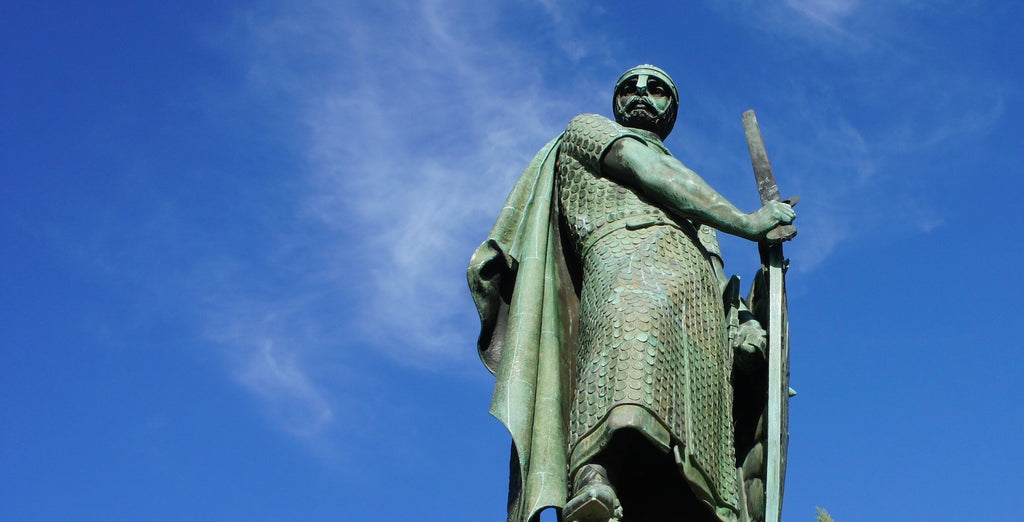
(Illustration - Statue of D. Afonso Henriques at the entrance of his castle)
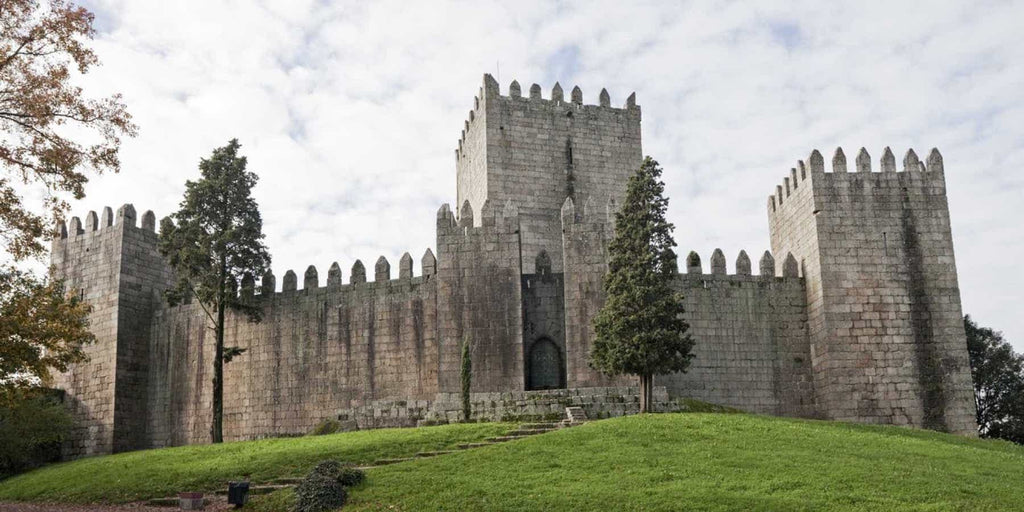
(Illustration - Outer wall of Guimarães Castle)
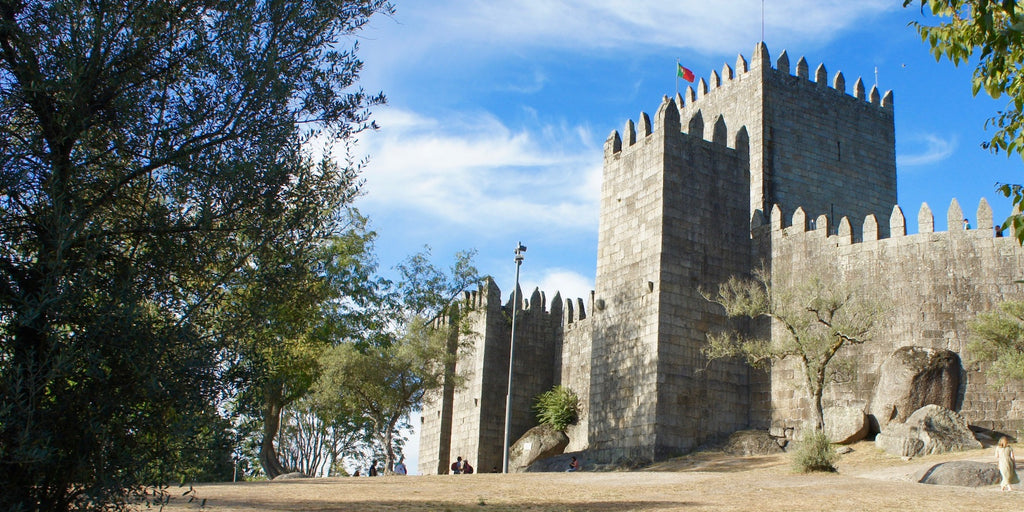
(Illustration - Walls of the castle of Guimarães)
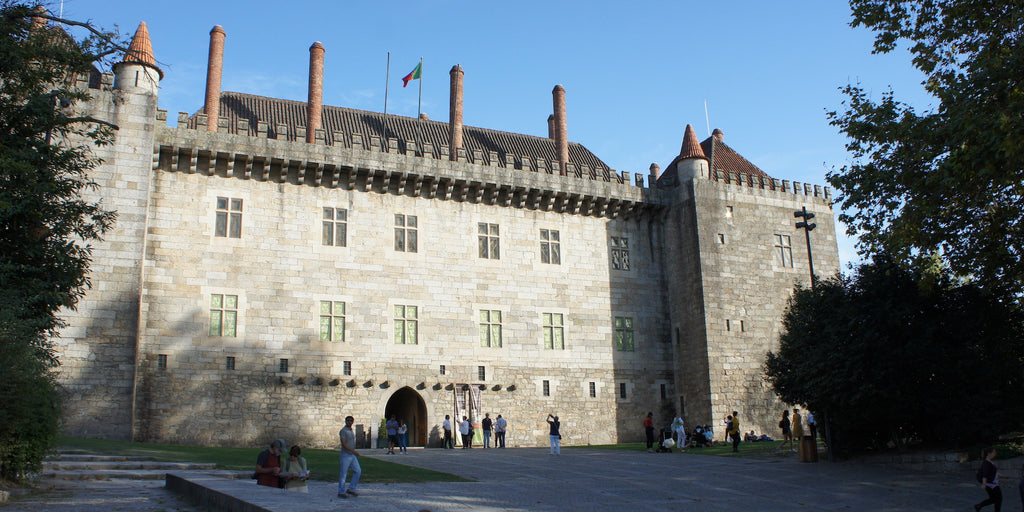
(Illustration - Palace of the Dukes of Bragança within the walls of the castle)
★ The Monastery of Alcobaça
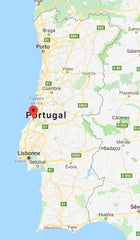
Built as a tribute to the reconquest ... In 1147, Alfonso 1st (Dom Alfonso Henriques), King of Portugal, supported by the Norman, Flemish, German and English Crusaders, completed the reconquest of the country and pushed the Moors beyond Lisbon.
On his way, he took the city of Santarém. To honour this victory, he promised to build a monastery for the Cistercian order: the monastery of Santa Maria d'Alcobaça.
It took more than 100 years to complete the work and it was not until 1262 that the monastery was inaugurated under the reign of Denis I (D. Diniz). A few years later, the Cisterian monks gave their first public courses, mainly devoted to agronomy.
The headquarters of the Cistercian scholars... Until the 19th century, the Cistercians taught courses there, adding history and visual arts to their agricultural education.
In 1810, the monastery was plundered by French invaders and a few years later was forgotten because of the disappearance, in 1834, of the religious orders in Portugal.
The Monastery of Alcobaça is attached to a church erected in a local architectural style considered as unique in its kind. This church remained forbidden to people outside the Cistercian order until the 18th century,
The stunning story of the Dead Queen: The monastery houses many tombs of the Portuguese royal family. Each of these tombs is in itself a masterpiece of stone sculpture. But if there is one tomb more remarkable than the others, it is that of Inês de Castro, the Dead Queen.
Inês de Castro, wife of Prince S. Pedro was murdered on the orders of her stepfather King Afonso IV. Becoming King in his turn, S. Pedro had his wife's murderers executed; He then placed her embalmed body on the throne, forcing the entire court to kiss her hand, thus validating his posthumous coronation.
The story of Inês de Castro inspired many artists, including Camões, the greatest Portuguese poet. Several operas have been sung, several portraits have been painted and several films have been made about the Dead Queen.

(Illustration - Aerial view of the Alcobaça Monastery)

(Illustration - Entrance to Alcobaça Abbey)

(Illustration - Central nave of Alcobaça Abbey)


(Illustration - Tomb of Ines de Castro - The Dead Queen)
★ St Georges Castle in Lisbon

The castle of the Moors... and of the Romans...
St Georges Castel (Castelo de São Jorge), also known as Moors Castel (Castelo dos Mouros), is located on the highest hill in Lisbon and dominates the surroundings, offering a stunning view of the entire city and the Tagus estuary.
The first fortifications on this site appeared in the 2nd century BC when the site was the Roman basis for the conquest of Hispania. In the 7th century, the Moors built bulwarks on these remains in order to protect the heart of their military and political power.
Palace of the Portuguese Royalty.... During the Christian reconquest, the fortress regularly changed hands to become definitively Christian in 1147, under the reign of Alfonso I, King of Portugal who was supported by the Crusaders from Normandy, Flanders, Germany, and England, on their way to the Holy Land. According to the legend, it was thanks to the self-sacrifice of Knight Martim Moniz that the fortress was conquered (today, one of the main squares in Lisbon bears his name).
The castle was then placed under the protection of St George (São Jorge) Holy martyr, patron saint of the Army.
From 1255 onwards, Lisbon became the new capital of Portugal: a young kingdom that had gained its independence from the Kingdom of Castile. St George Castle then happened to be the Royal Palace, which housed the Court and also served as a palace for the bishops and as barracks for the military.
50 years of restoration work.... Having suffered from numerous earthquakes, the castle lost its status as a royal palace in the 16th century. It will be then the scene of many historical events but it deteriorated inexorably and remained closed to the public until the 20th century. Between 1940 and 1990, a long and meticulous restoration is undertaken preserving its medieval aspect. By now, the castle remains a remarkable testimony fo the history of Lisbon. It can be visited and, in addition, offers breathtaking views of the entire city and its surroundings.



★ The Joanina Library in Coimbra
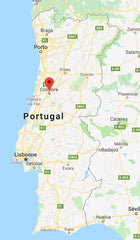
Coimbra, one of the oldest universities....
In 1290, Denis I, King of Portugal, ordered the creation of the University of Coimbra, making it one of the oldest universities in the world.
It is on this site, on the site of a former medieval prison, that in the 18th century, King Jean V (D. João V) ordered the construction of a large library that would become the Joanina Library, admired today for its rich architecture and interior decoration.
Exceptional works... A three-storey building, two of which will be underground, will then be built and all the walls will be covered with shelves containing thousands of books on medicine, geography, history, philosophy, and theology.
Among the 300,000 works listed, stands a Hebrew Bible published in the 15th century, of which only 20 copies remain in the world, and a Latin Bible printed in 1462 by Gutenberg's fellows and considered as one of the most beautiful printed bibles.
A luxuriant interior decoration.... The Joanina Library is also remarkable for its interior decoration. The noble floor is mainly made up of three adjoining rooms divided by arcades with baroque ornaments.
Each room is covered, from floor to ceiling, with beautifully carved wooden shelves, while each ceiling is decorated with trompe l'oeil paintings, the whole providing a particularly spectacular and opulent style.
This library, still located at the University of Coimbra, can be visited and closes at 17.30 (19.30 in high season) to make room for... bats!
Anecdote >Actually, the reading tables are protected every evening in order to leave bats enter the scene and let them devour all the woodworm insects that could destroy the woodcrafts or books.
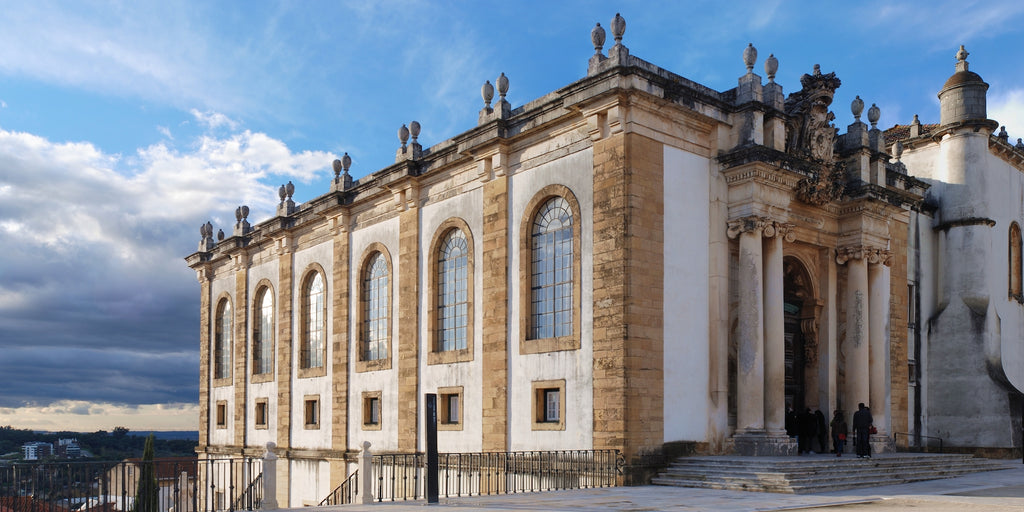


★ Batalha Monastery
Two centuries and the succession of 7 kings, is the time it took to complete the construction of the Batalha Monastery.

For a final independence.... In 1385, John I (João I) was proclaimed King of a very young Portugal that is still struggling to establish its independence from the Kingdom of Castile. Immediately, the Castilians invaded Portugal supported by their French ally. The Portuguese, allied to the English, repelled the invasion during the Battle of Aljubarrota and the Castilians withdrew permanently.
To thank the Virgin Mary for his victory, in 1386, John I then launched the construction of the Batalha Monastery. This impressive monastery and its cloister, in particular, are nowadays recognized as the masterpiece of Manueline art.
Its construction will occupy the reign of seven Kings from 1386 until 1517 when all Portuguese resources will be redirected towards the construction of the Hieronymite monastery in Lisbon.
Classified as a UNESCO World Heritage Site, this monastery can be visited. The visit is partly free of charge but, of course, the most interesting rooms, including the chapel and the royal cloister, are subject to the payment of a visit fee, which remains modest.
Anecdote > Don't miss the visit to the Chapter hall, where religious debates took place. It is a 19-meter long room with a vault achieved with no holders. The feat was so risky for the time that its construction was entrusted to criminals sentenced to death for fear that the roof would collapse at any moment.
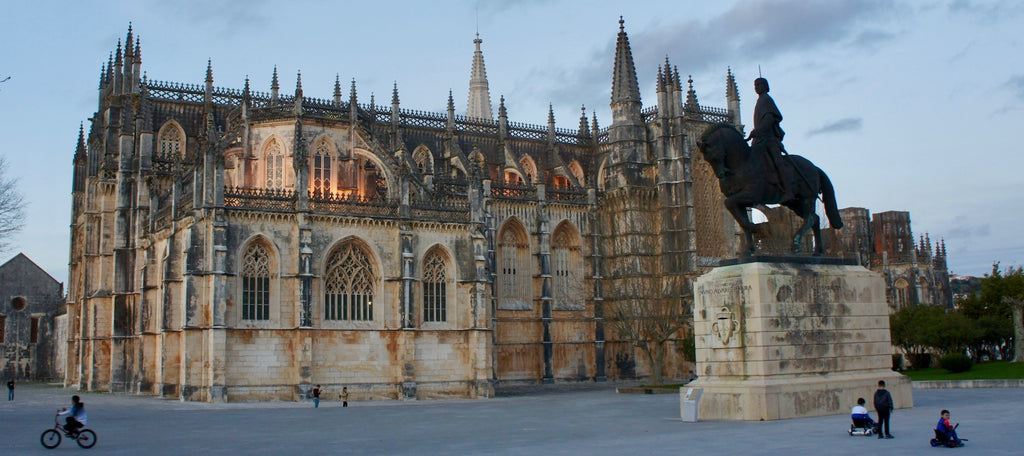
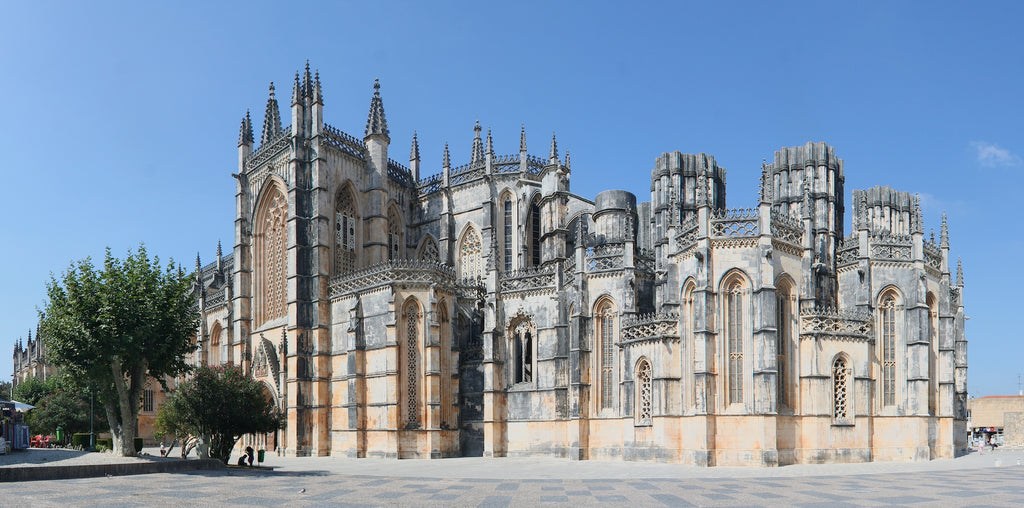
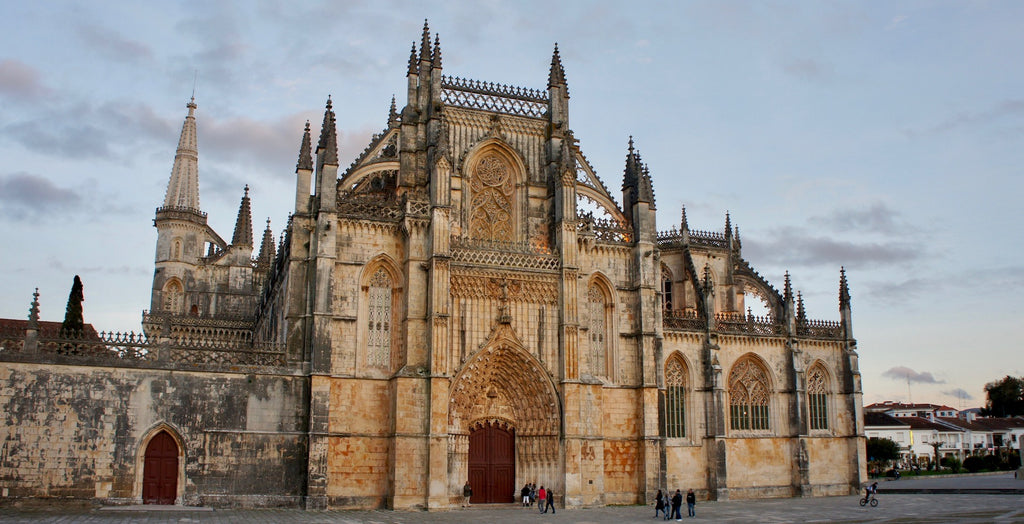
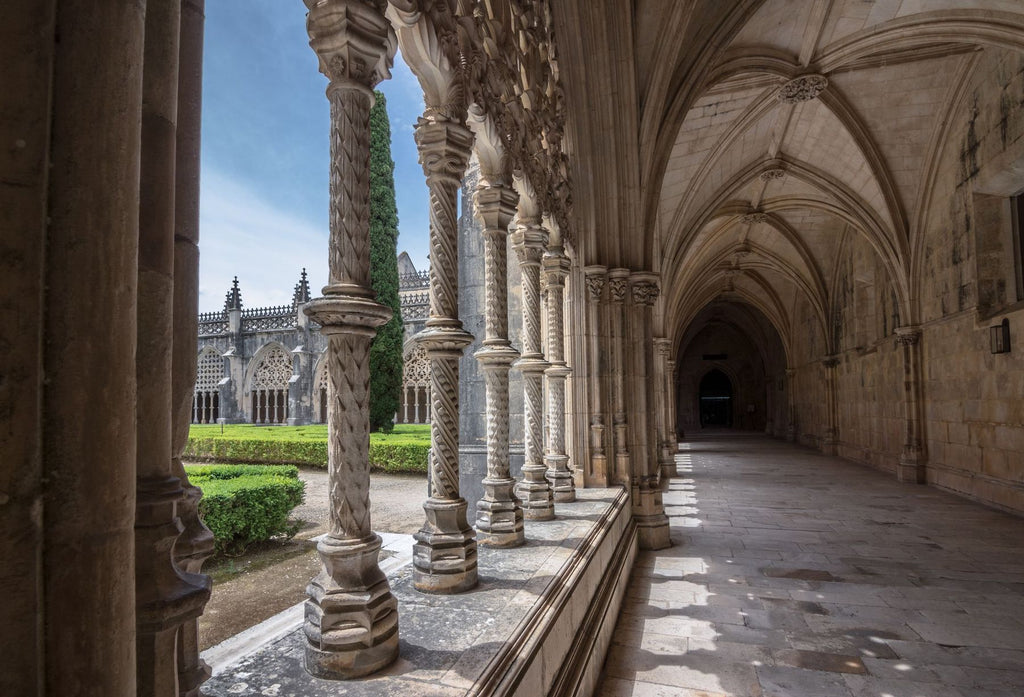
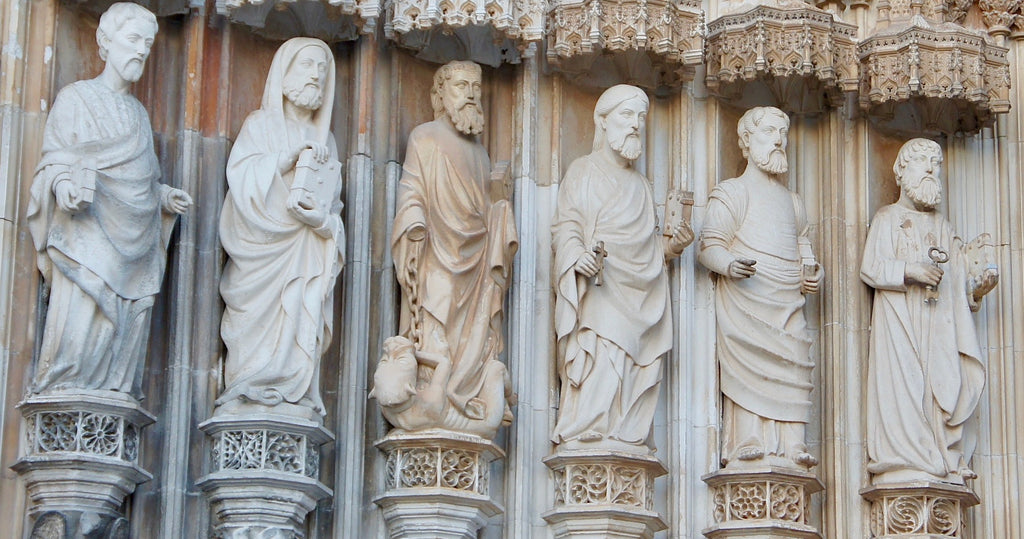
★ The Convent of the Order of Christ in Tomar
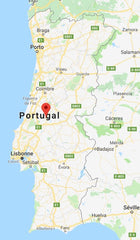
The headquarters of the Templars in Portugal.... The Convent of the Order of Christ (Convento de Cristo) is closely linked to the history of the Templars. Located in the city of Tomar, this convent was originally a Templar fortress built in the 12th century.
In conflict with the Catholic Church and the King of France Philip the Fair, the Order of the Temple was dissolved in the 14th century. Its Portuguese branch survived under the name of Knights of the Order of Christ whose wealth will support the great maritime travels of the 15th century that will lead to the discovery of more than half the world.
The site consists of a fortress built from 1160 by Gualdim Pais (Grand Master of the Templars), and of a church built from the 12th-century onward, and of eight cloisters built over time. The unity of this whole has been preserved over the centuries and now appears as it was at its origin.
A fortress and a church... The fortress was erected first and its role was to keep a strategic location on a hill overlooking the river. The dungeon housed the Templars, while the fortress protected by the surrounding walls housed the residents.
The Convent Church is built on the model of the Omar Mosque in Jerusalem. It is actually made up of two elements: the original church, called "The Rotonde", built by the Templars and the Manueline church built during the reign of Henry the Navigator at the beginning of the 15th century. The eight cloisters were added between the 15th and 16th centuries.
Anecdote > This remarkably preserved site can be visited and remains very lively. The annual meeting of the Order of the Temple is held there every year, and religious services are also held there very regularly.
Advice > Take the opportunity to visit the historic centre of Tomar, which is organised following a chessboard pattern,
The centre is dotted with houses of different styles: romantic, baroque or renaissance. Stop for a moment in Republic Square and visit the church of São João Baptista, which preserves a collection of paintings by Gregório Lopes. Also admire the statue of Gualdim Pais, Grand Master of the Order of the Knights Templar and founder of the fortress.
If you still have some time left, do not hesitate to go to the incredible Pegões aqueduct built at the end of the 16th century on a 6km length to supply the Convent of Christ with water.
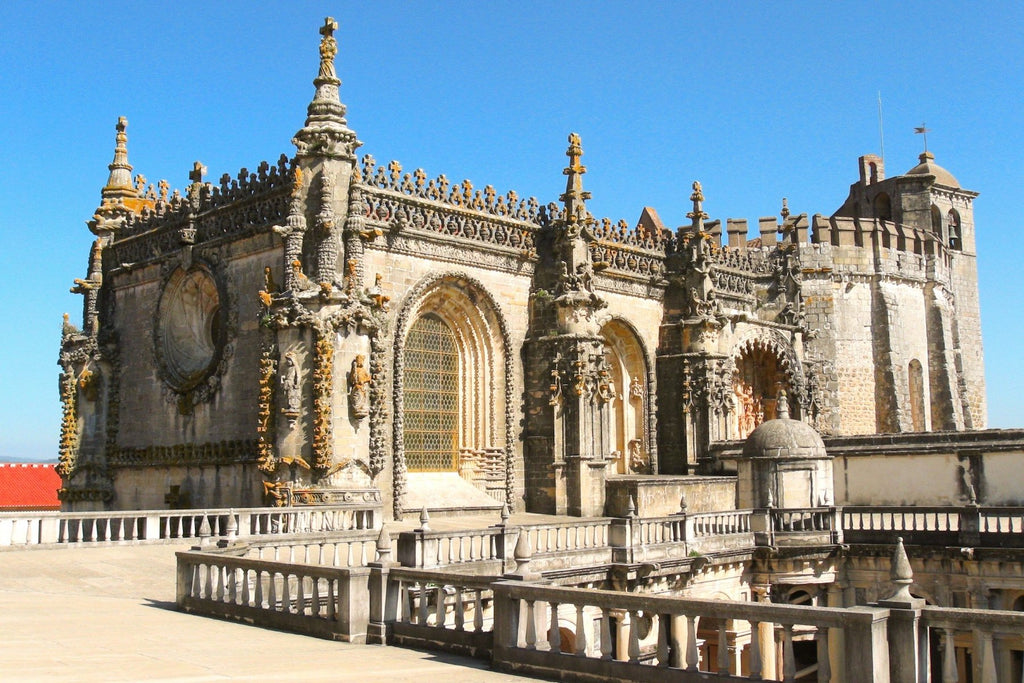
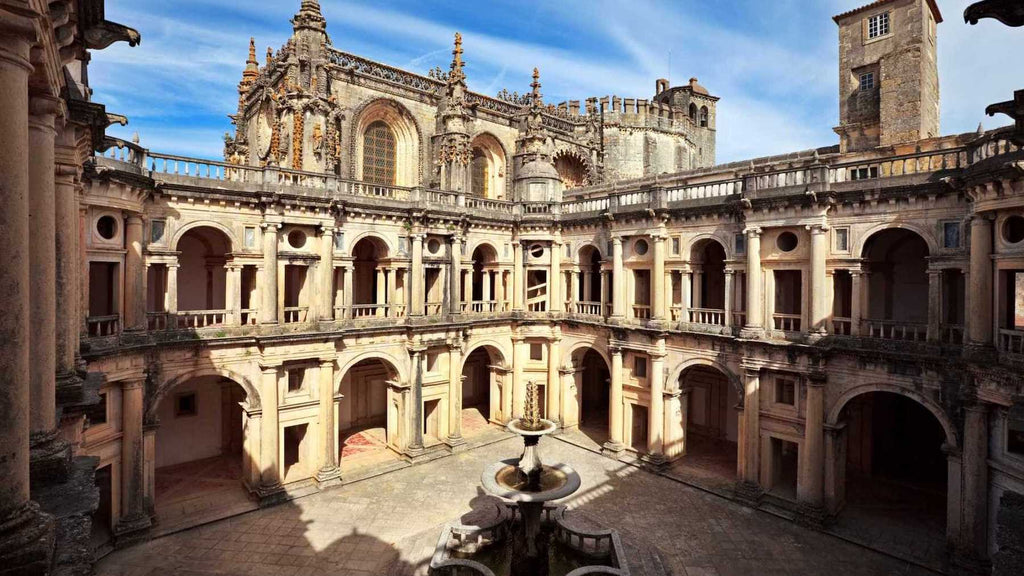

★ The Hieronymites Monastery in Lisbon

To maintain friendship with Spain.... The construction of the Monastery of Hieronymites (Mosteiro dos Jerónimos) began in 1502 under the impetus of the Portuguese King Manuel I. This monastery was then intended to welcome the Spanish religious order of the Hieronymites to Portugal, charged to guarantee the cult of the royal family of Castile.
Its construction is a sign of closer relations and appeasement between Spain and Portugal, which are emerging from a long period during which Portugal has consistently asserted its independence.
The monastery remained active until 1834 when the religious order of the Hieronymites was expelled. The buildings were then used by the parish of Santa Maria de Belém that still holds religious services there today.
The apogee of the Manueline style.... Today, the site consists of a cloister impressive for its architectural and sculptural exuberance, the church of Santa Maria, whose vault is particularly remarkable for its finesse, and the royal necropolis in which more than 20 members of the family of the Kings of Portugal are buried.
In recent years, the monastery's wings have also housed the Navy Museum and the Archaeology Museum. The fame of this monument lies first and foremost in its style, which is at the height of Manueline style and its exuberance. It is also due to the size of the buildings that testify to Portugal's wealth at the end of the 15th century.
Advice > The monastery of the Hieronymites can obviously be visited and its visit is of great interest in the rigorous preservation of the original buildings and materials. You visit the monastery as it was built six centuries ago. However, it is one of the most visited monuments in Lisbon and therefore, the waiting time may exceed one hour. Be patient! If you have some time left, this monastery is inseparable from the Belem Tower, which is a few hundred metres away. Take the underground or the footbridge that crosses the 4-lane road that separates them. Finally, do not leave the site without tasting one of the famous Pasteis de Bélem : the best of the Pasteis de Nata !
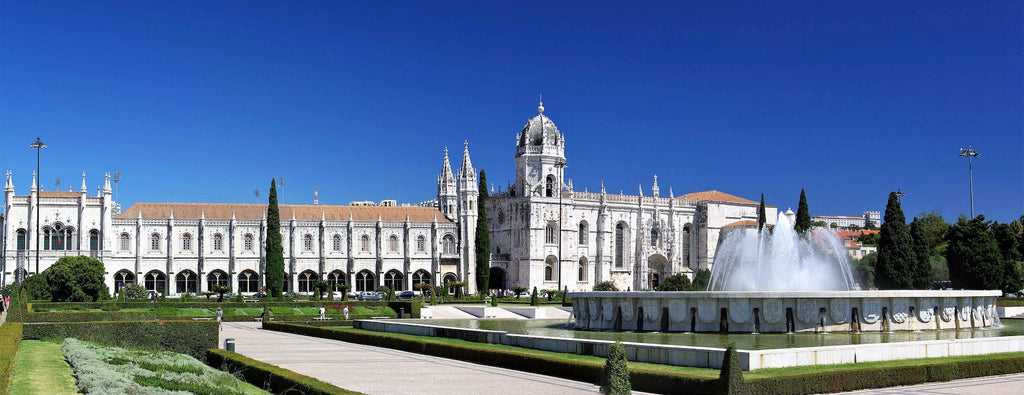
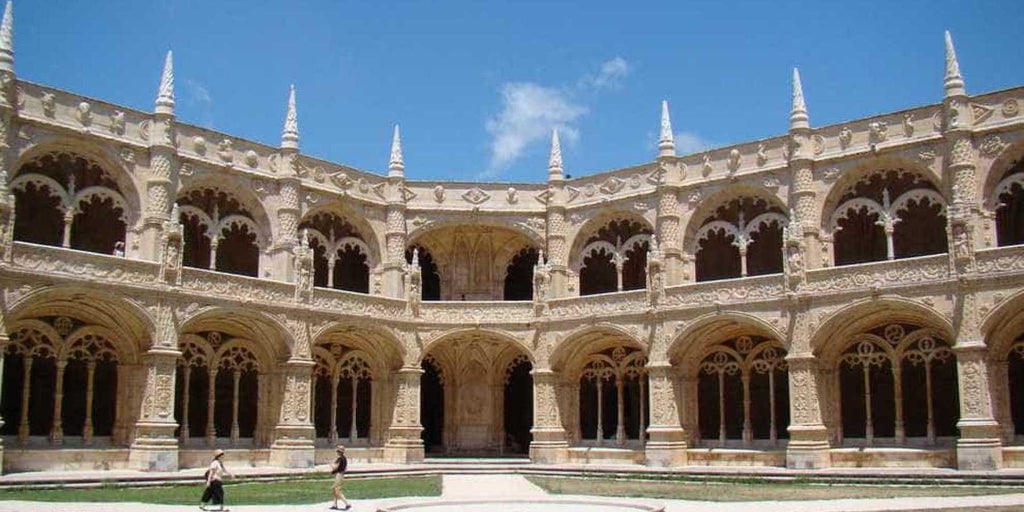
Did you like this article? Subscribe to be informed of new publications by entering your email at the bottom of our home page and find all the most beautiful products of Portugal in our shop!


































